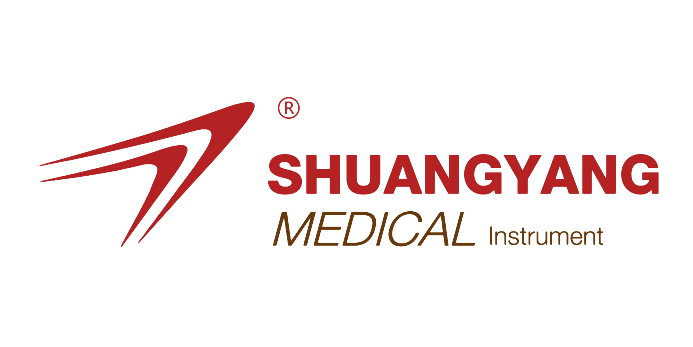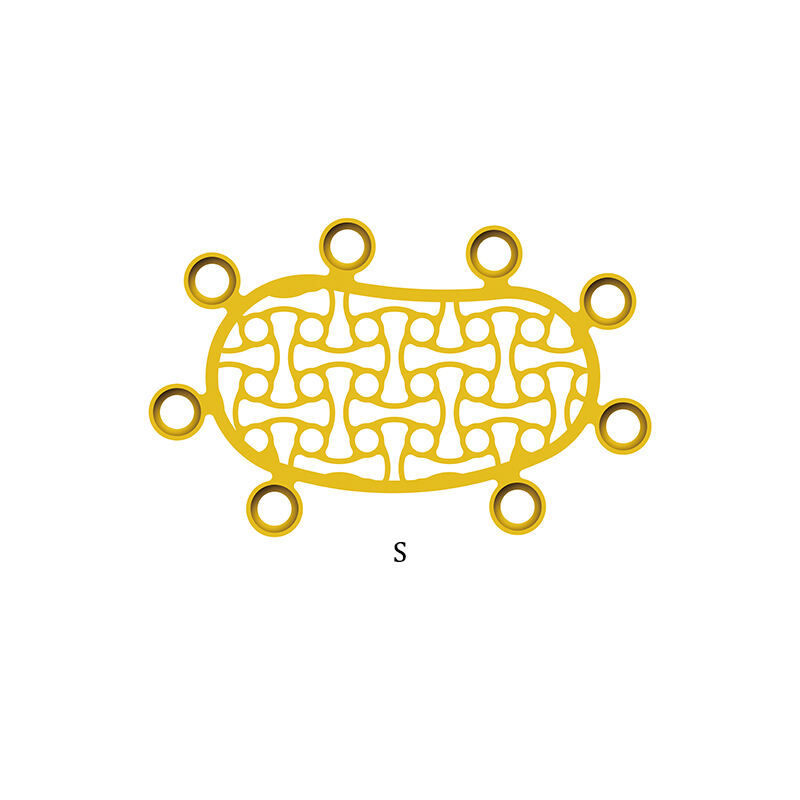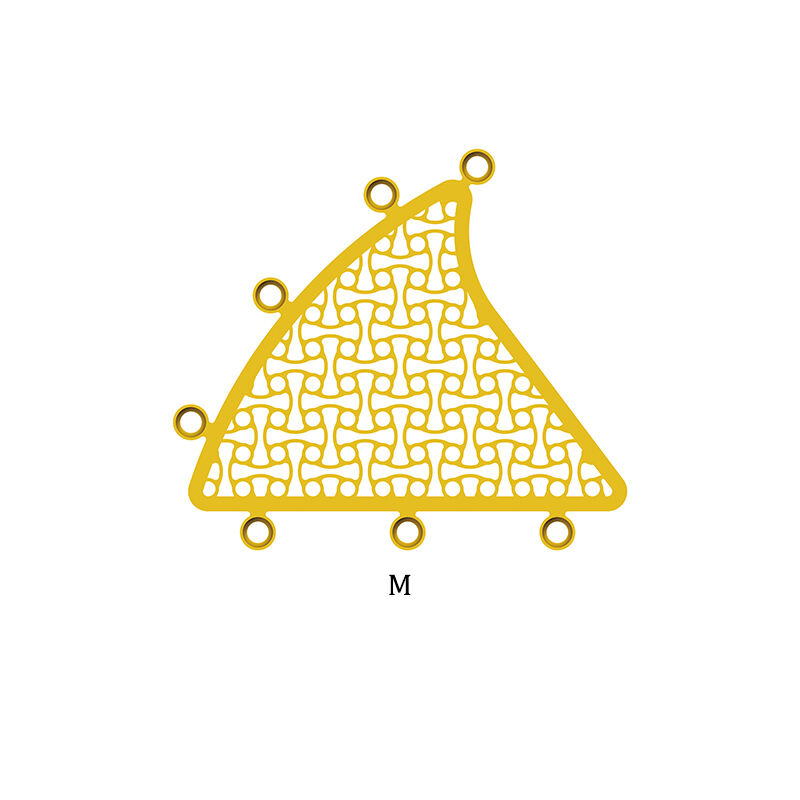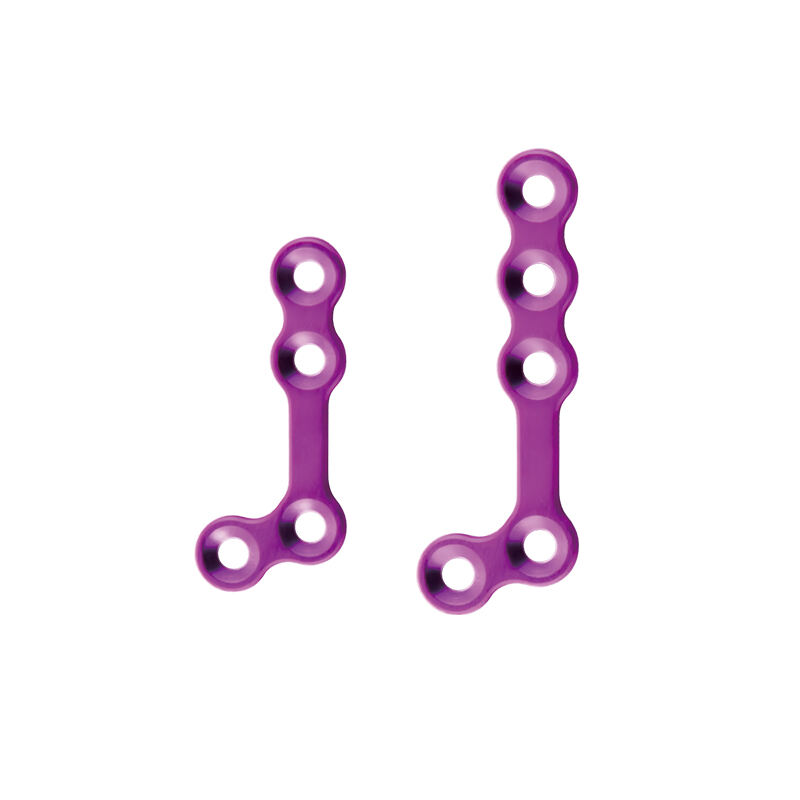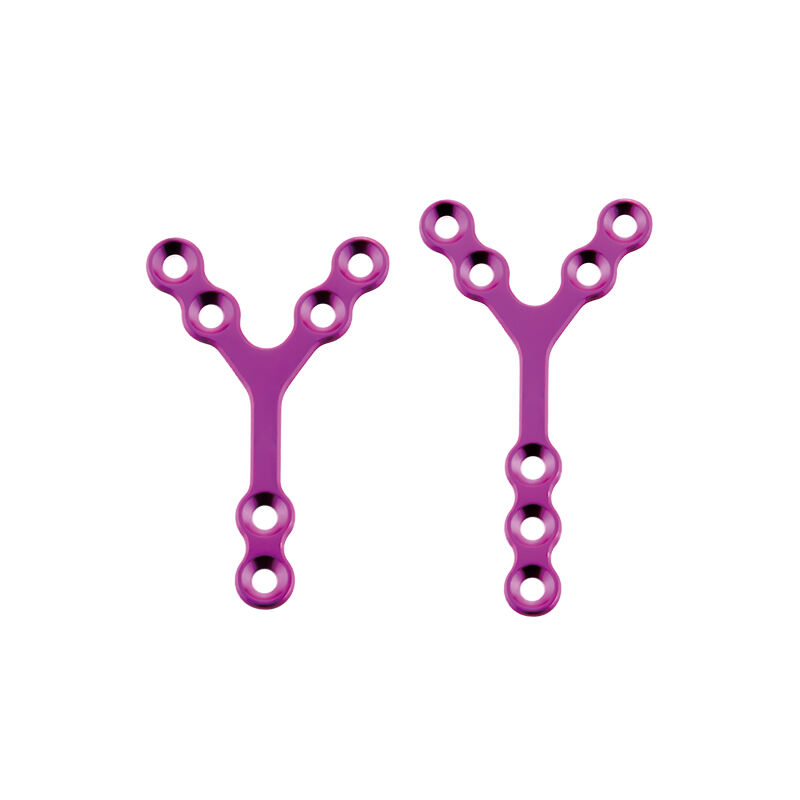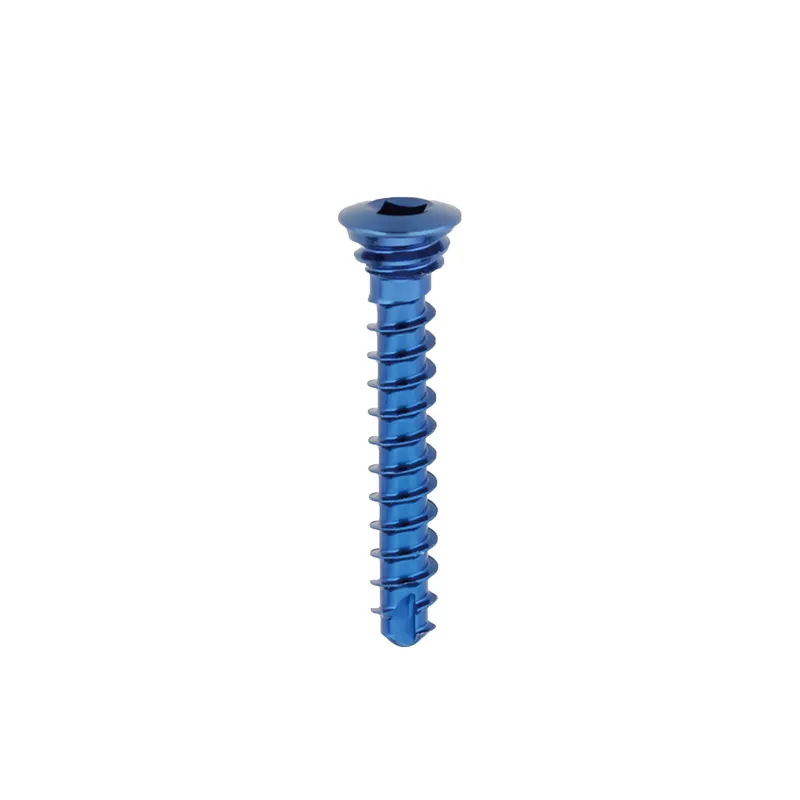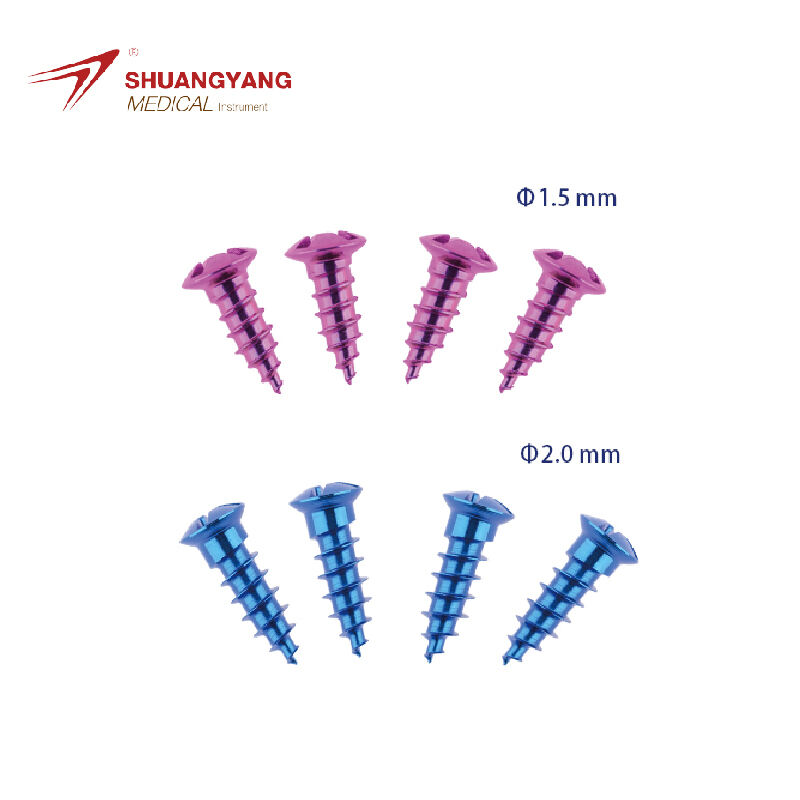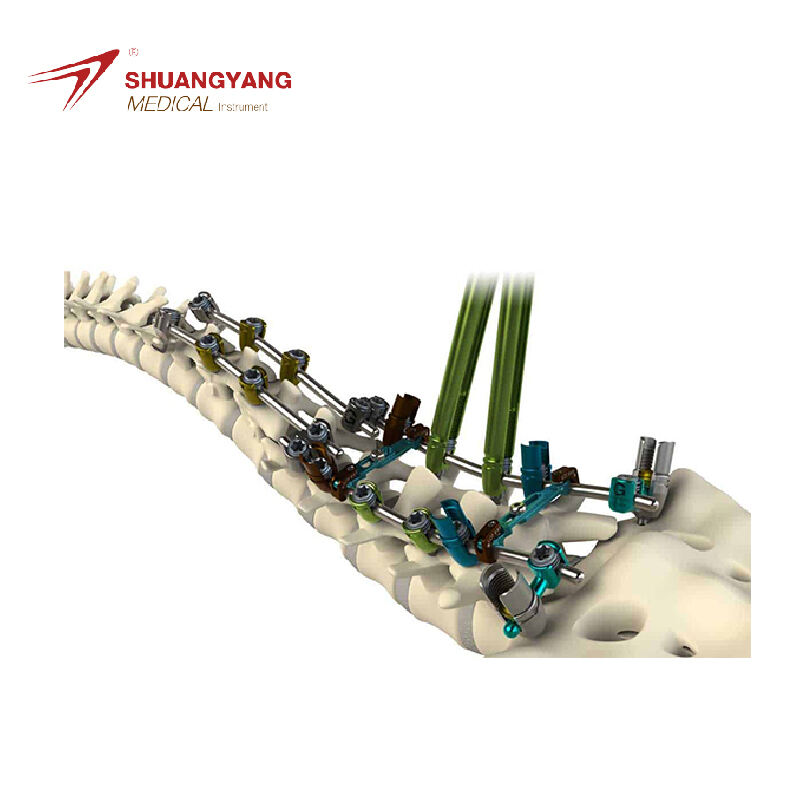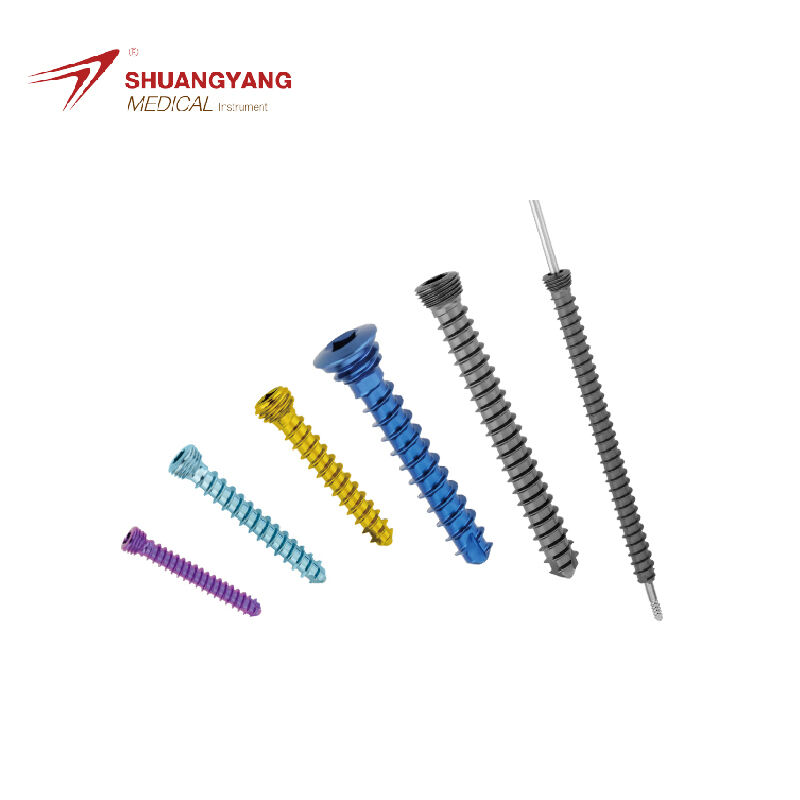cannulated screw
The cannulated screw is a precision medical device designed to offer stability and support in orthopedic surgeries. Its main functions include the fixation of fractures, osteotomies, and the attachment of prosthetics. Technological features of the cannulated screw include a hollow core that allows for accurate placement with minimal damage to surrounding tissue, a threading design that ensures strong bone purchase, and a variety of lengths and diameters to accommodate different anatomical needs. These screws are primarily used in the treatment of long bone fractures, spinal surgeries, and for certain reconstructive procedures, providing a reliable solution for surgeons aiming for optimal patient outcomes.
 EN
EN
 FR
FR
 ES
ES
 AR
AR
